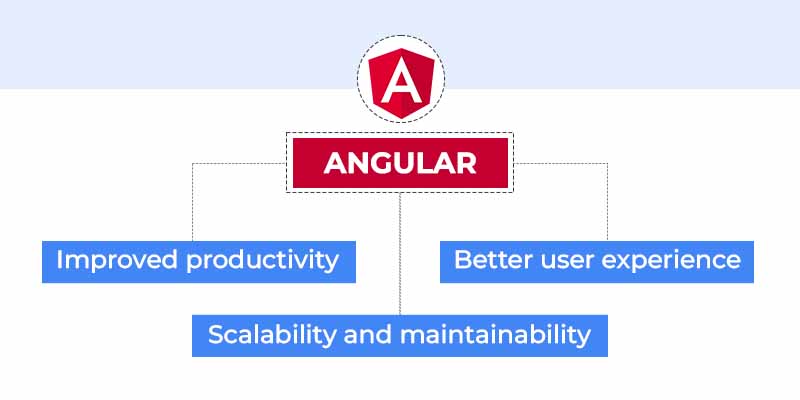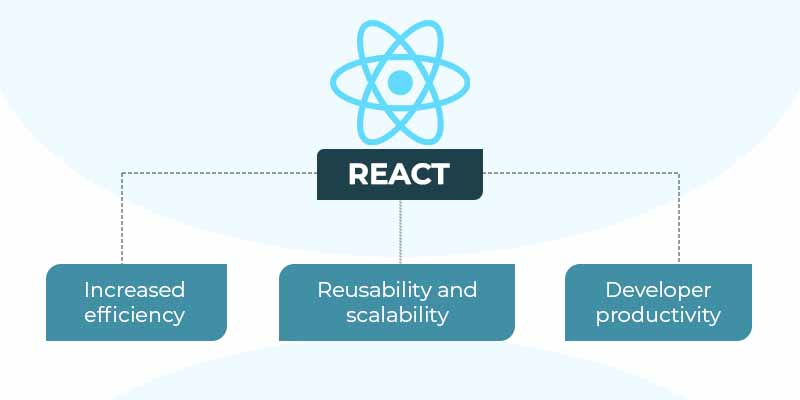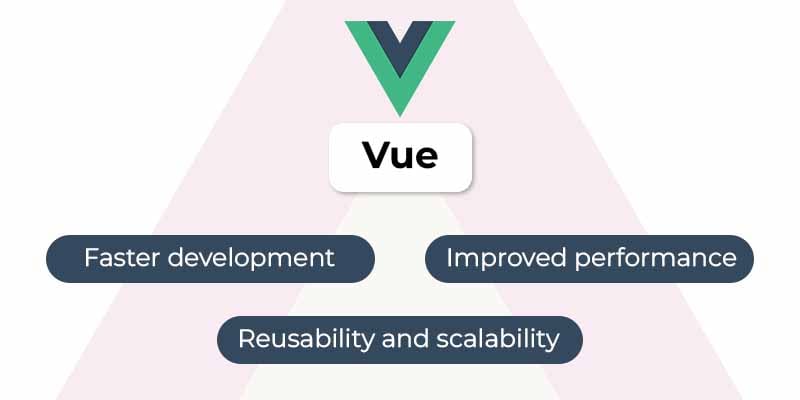Product Modernization | 20 Mar 2023 | 12 min
Benefits and Future of Modern Frontend Technologies

The last few years have been a breathless ride in the world of technology. Unsurprisingly, in 2023, modernizing your technology is more important than ever before. With the advent of complex applications and multi-layered user interfaces, it is imminent for business leaders to pave the way for modern technology.
The businesses that are relying on legacy technologies such as JSP, JSTL, Servlets, Applets, Silverlight, ASP, Razor, Bootstrap, VB6 to cater to their UI needs are facing a myriad of challenges, including:
To overcome these challenges and standout from the competition, it is best to steer towards modern frontend technologies.
Here are some popular frontend technologies that will help you simplify your app development processes, and their benefits.
Angular has revolutionized the realm of web app development by providing a well-defined, consistent, and structured approach to modern app development. It tackles several challenges commonly faced by frontend UI developers.
Allow me to highlight some of the benefits of Angular.

React has become one of the most popular JavaScript libraries, primarily owing to its simplicity and flexibility. Its ability to update UI as per data changes makes it a great choice for developers building dynamic, interactive web apps.
Let’s take a look at a few key benefits of React.

Vue is a popular JavaScript framework used for building user interfaces and single-page applications. It features a reactive and composable architecture, is lightweight, easy to learn, and highly scalable. With a flexible ecosystem of tools and plugins, Vue provides a simple yet powerful solution for building modern web applications.


Now that we have the benefits established, I would like to shed some light on where these technologies are headed.
One of the main advantages of Angular is its ability to create complex applications with ease. Its comprehensive set of tools for developers, make it an ideal choice for large-scale enterprise applications.
In the future, Angular is set to be a popular choice for enterprise applications. One area where Angular may see growth in the future is in the development of progressive web applications (PWAs). PWAs are becoming increasingly popular as more users access the web from mobile devices, and Angular’s robust set of tools make it well-suited for building these types of applications.
React’s ability to efficiently update the user interface in response to changes in data makes it a great choice for building dynamic, interactive web applications.
Looking to the future, we can expect React to continue to be a popular choice for front-end development. Its large and active community facilitates new features and updates released on a regular basis. In the future, React may see growth in the development of server-side rendering (SSR) applications. SSR applications can improve performance and SEO, and React’s lightweight nature makes it well-suited for this type of development.
Vue has gained popularity in recent years as a lightweight alternative to more complex frameworks. One of the key advantages of Vue is its flexibility, which makes it easy to integrate with existing projects and libraries.
Looking to the future, we can expect Vue to continue to be a popular choice for front-end development. One area where Vue may see growth in the future is in the development of single-page applications (SPAs). SPAs are becoming increasingly popular, and Vue’s lightweight nature makes it well-suited for building these types of applications.
Each of these frameworks has its own unique features and strengths, and they have all gained widespread adoption in the web development community. As we look to the future, it is important to consider how these frameworks might evolve and continue to be used by developers for unique business needs.
Reach out to us at Nitor Infotech to see how you too can modernize your existing technology frameworks and peruse through our comprehensive toolkit to get started!

we'll keep you in the loop with everything that's trending in the tech world.
